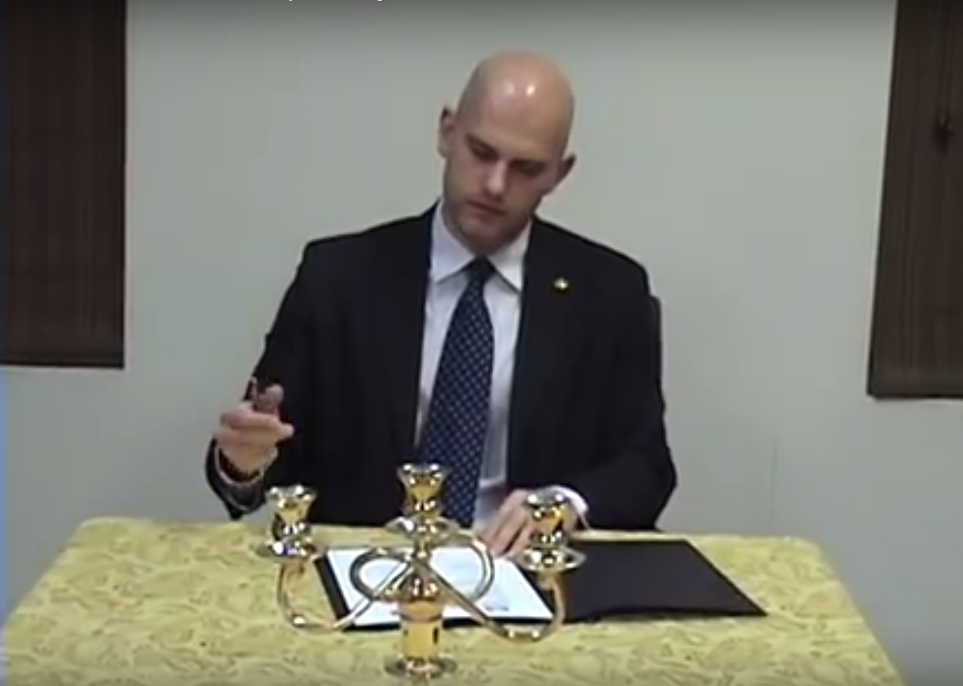West-Antarctic Treaty
The West-Antarctic Treaty is a major treaty signed by seven rival micronations who were all claimants to overlapping territories in the Marie Byrd Land region of Antarctica.
Background
- Main article: Siple War
In June 2010, after a participating in a prolonged conflict with a group of rival micronations led by the Grand Duchy of Flandrensis, the ruler of Westarctica, Grand Duke Jon-Lawrence, was removed from power in a coup and replaced by Travis McHenry and Wolf Tulier, the newly-proclaimed Prime Minister of Westarctica. Their first priority was negotiating a peaceful end to the lingering hostilities between Westarctica and other Antarctic micronations.
Negotiating the treaty
The terms of the treaty were primarily negotiated by Prime Minister Tulier (for Westarctica) and Grand Duke Niels of Flandrensis (for the opposing micronations). Negotiations progressed quickly from June - August 2010 and final terms were agreed upon by all parties in September.
The disputed issues resolved by the treaty were:
- Determination of sovereign borders
- Recognition of each nation by the others
- Commitment to resolve future disputes with mutual respect
- The handling of overlapping claims
Of these, issues of sovereignty and overlapping claims were two of the most contentious problems and took some time to overcome. The parties eventually agreed that the claims of all nations would be recognized, but their sovereignty over the claimed area would only be recognized if the claimant nation successfully placed their national flag on the territory. This philosophical solution was proposed by President Kevin Baugh of the Republic of Molossia, who had watched the events of the Siple War from a distance.
Grand Duke Travis referred to this compromise as recognizing "The claims of all, the sovereignty of none."
Signing of the treaty
On 24 September 2010, representatives from all parties signed the treaty. Prime Minister Tulier signed on behalf of Westarctica, however after all signatures were received, Grand Duke Travis also added his name to the treaty in a show of solidarity with the terms. The signing of the treaty was announced in the Supreme Diet as part of the 2010 Rainbow Tour of diplomacy.
The signing of the treaty ushered in a new era of peace between micronations claiming land in Antarctica and resulted in the Antarctic Micronational Union rising to prominence as an organization with overarching authority among Antarctic micronations.
Articles of the treaty
- One. The Antarctic Micronational Union grants the territory of the defunct micronation ‘Estado de Marie’ to Westarctica, together with the re-unclaimed territory of the ‘Federation of West-Antarctica’.
- Two. All nations fully recognize each other's existence as legal and constitutional political entities with full sovereignty and independence.
- Three. All nations recognize each other's symbols, territories, institutions and judicial classifications.
- Four. All nations demonstrate their intent to continue peaceful diplomatic relations and act for the benefit of all signatories in all instances when it is prudent.
- Five. All nations promise to make it publicly known that a spirit of mutual respect and cooperation exists between them.
Legacy
In 2012, the terms of the treaty were updated and all parties renewed their commitment to the articles. The spirit of the West-Antarctic Treaty led to the creation of the West-Antarctic Free Alliance, which forged a strategic alliance between Westarctica and Flandrensis in 2014.

